These are jumpers. They're often used for configuration settings on more complex boards. They're a pair of contacts that can be either connected or not connected, using either a plug-on connector that bridges two pins, a blob of solder that bridges two SMD pads, or sometimes a 0-ohm resistor that can be either installed or not installed.
They'll either represent something like this:

(Image source: alibaba listing for jumpers)
Or like this:
(Image source: Diptrace forums)
A third possibility is that this is designed to be a single-sided board, and the jumpers are pieces of wire used to literally "jump" over other traces, since you can't just move to another layer when there's only one layer. Here you can see a couple of them marked (1) and (2):
(Image source)
In your specific case, I would assume they're meant to be of the first type shown here, because this seems to be a test or evaluation board where you would want the user to be able to try the device in different modes--the EVHS and EVLS pins on the MCP795W20 are presumably mode-setting inputs with internal pulldowns, and connecting them through a 10 kΩ resistor to Vcc will enable a different mode of the device. Perhaps different output formats or clock speeds. You could probably learn more about it by reading the MCP795W1X/MCP795W2X datasheet.
